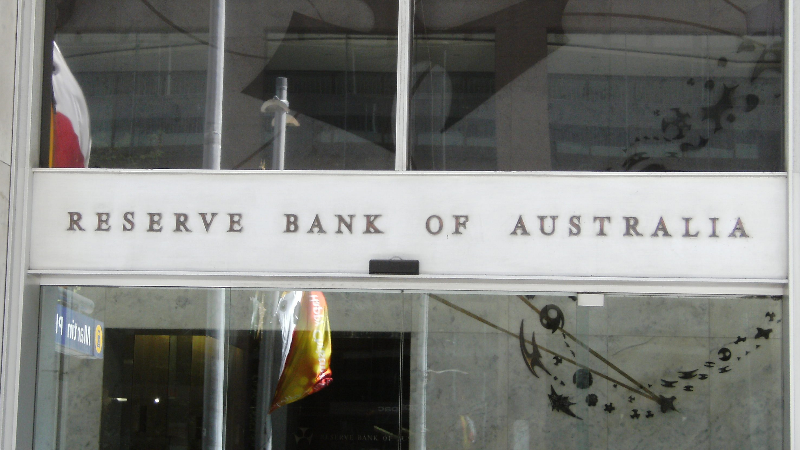On 2 August 2016, the RBA cut the cash rate by 25bps to 1.50%, a record low

Although the cut was widely expected, the decision was still considered to be a line ball call by many economists. This was certainly the impression given in the Governor’s Statement; there wasn’t much change from July’s comments and it still has a balanced view.
In terms of the differences between the two Statements, on the positive side, the RBA removed these concerns from July about Brexit:
“Financial markets have been volatile recently as investors have re-priced assets after the UK referendum […] Any effects of the referendum outcome on global economic activity remain to be seen and, outside the effects on the UK economy itself, may be hard to discern."
Even though – in my opinion – the recent CPI print didn’t provide the RBA with the smoking gun to cut rates, it was clear that persistent low inflation was the key driver for today’s cut:
“Recent data confirm that inflation remains quite low. Given very subdued growth in labour costs and very low cost pressures elsewhere in the world, this is expected to remain the case for some time.”
The RBA added that it is becoming more sanguine about the risks inherent with low interest rates in the property sector:
“All this suggests that the likelihood of lower interest rates exacerbating risks in the housing market has diminished.”
As a result the RBA justified the cut:
“Taking all these considerations into account, the Board judged that prospects for sustainable growth in the economy, with inflation returning to target over time, would be improved by easing monetary policy at this meeting.”
Although as has been customary of late, there was no explicit or implicit guidance from the RBA on the future path of interest rates, and the widely held consensus is that more cuts are likely. We agree with this assessment.
In terms of Australian government bond yields, these fell to record lows with 3yr and 10yr bonds touching 1.36% and 1.81%, respectively. These declining yields will continue to challenge income seeking investors as the opportunities to grab attractively priced investments disappear.